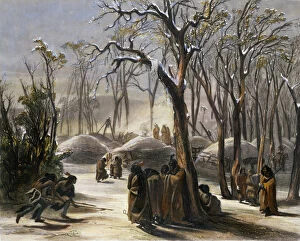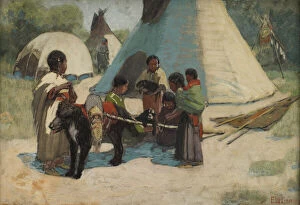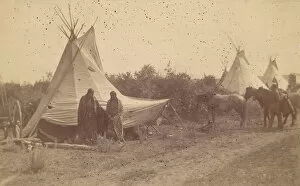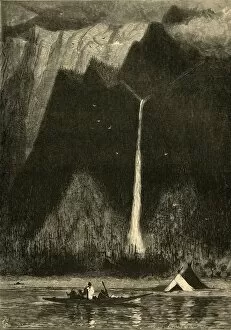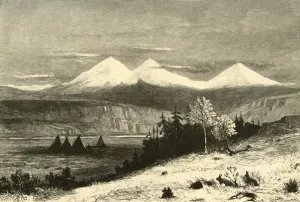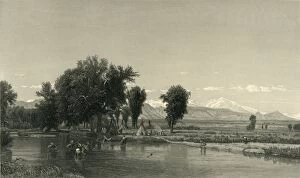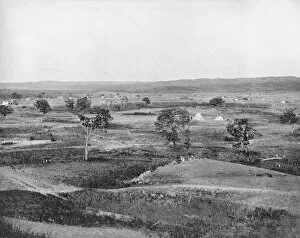Wigwams Collection (page 2)
"Wigwams: A Glimpse into Native American Culture and History" Step back in time to circa 1830, where the iconic teepee-like structures known as wigwams stood tall
All Professionally Made to Order for Quick Shipping
"Wigwams: A Glimpse into Native American Culture and History" Step back in time to circa 1830, where the iconic teepee-like structures known as wigwams stood tall. These unique dwellings were commonly found in the Village of Blackfeet Indians near St. Marys Lake, Glacier National Park, Montana during the 1930s. In a different context, wigwams took on a new role along Route 66 in Holbrook, Arizona. The Wigwam Motel became an attraction itself with its Chevrolet Impala parked outside, offering travelers a glimpse into Native American heritage while embarking on their road trip adventures. However, history tells us that not all encounters involving they were peaceful. In the Sonora Desert, Mexican troops engaged in conflict resulting in the tragic massacre of a Native American tribe. This destructive event unfolded once again as Peaux-Rouges faced devastation at the hands of Mexican troops. Yet amidst these dark chapters lies moments of cultural significance and celebration. Edward Sheriff Curtis captured one such occasion - the Sun Dance Encampment of Piegan tribe members in 1900. Through his lens, we witness their vibrant traditions and deep-rooted spirituality. Native Americans have always been renowned for their equestrian skills and love for racing. Colored engravings depict thrilling races where riders showcase their exceptional horsemanship against breathtaking landscapes. The historical narrative also includes interactions between European settlers and indigenous tribes like Mayhew's encounter with Narragansett Sachem depicted through an engraving from centuries ago. While exploring diverse themes throughout history is important, it's equally essential to acknowledge entertainment aspects influenced by Native American culture too. From "The Redskins at London Hippodrome" to captivating performances beyond Little Bighorn - these spectacles brought elements of tribal life onto grand stages worldwide. Wigwams serve as tangible reminders of Native American heritage, reflecting their resourcefulness and connection to nature.

